Texas highways stretch for miles under big skies, tempting visitors to snap that perfect wide-open road photo.
But locals have a serious message: standing in the middle of active roads isn’t just risky; it’s downright dangerous and often illegal.
Speed limits soar to 75 or 80 MPH, and those massive trucks barreling toward you are closer than they appear.
1. Speed Limits Are NOT Suggestions
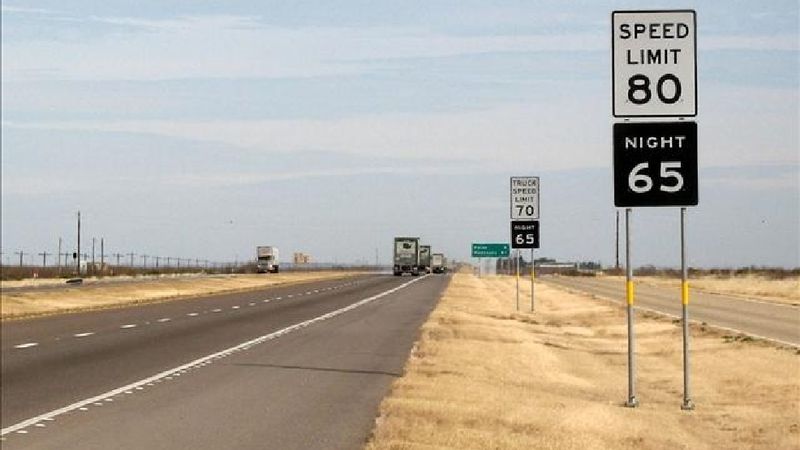
That empty stretch of highway might look peaceful, but posted speed limits often hit 75 or even 80 MPH across Texas. A vehicle moving that fast covers the length of a football field in under three seconds.
Your reaction time? Almost zero. Drivers expect the road to be clear, not occupied by tourists posing for Instagram.
One moment of distraction can turn a fun vacation memory into a tragedy. Respect the speed limit signs; they exist to protect everyone, including you.
2. Texas Roads Are Not Movie Sets
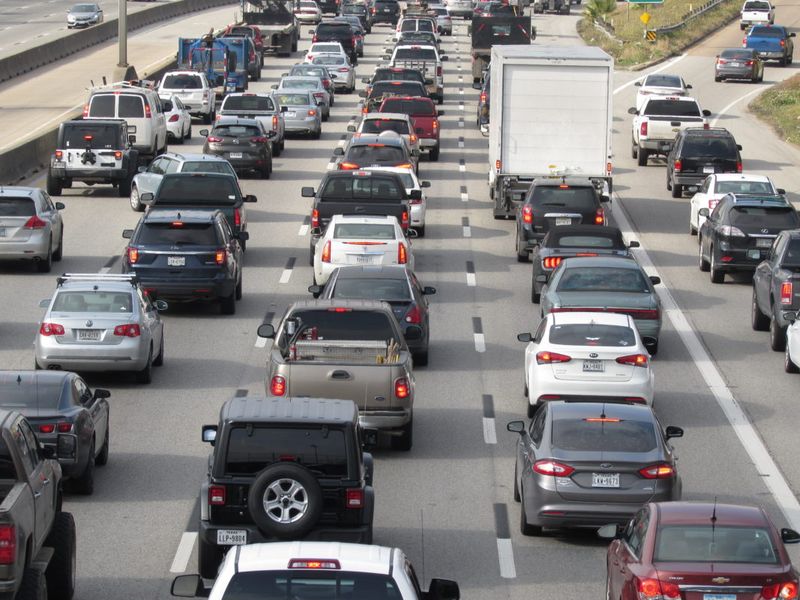
Unlike controlled film productions with permits and safety crews, these are active public highways carrying real traffic. Standing on the traveled portion of the roadway or even the shoulder to block vehicles is illegal in Texas.
You could face tickets, fines, or criminal negligence charges if your photo stunt causes an accident. Law enforcement takes this seriously.
Professional photographers use permits, road closures, and insurance for a reason. Your smartphone and wanderlust don’t grant you the same privileges, so stay off the pavement entirely.
3. The Big Truck Is Closer Than It Looks

Texas landscapes create a deceptive optical illusion with their vast, flat expanses stretching to the horizon. Vehicles, especially massive semi-trucks, appear much smaller and slower than reality.
Your brain struggles to judge distance and closing speed accurately in these wide-open spaces. What looks like a tiny dot can be barreling toward you at highway speed.
By the time you realize how close that truck actually is, it’s often too late to move. Don’t trust your eyes; trust the danger and stay clear of the road.
4. You’re Going to Meet the Hood Ornament of a Ram 3500

Texans love their trucks; big, lifted, heavy-duty monsters that sit high off the ground. Drivers of these vehicles may not expect to find a stationary person standing in the road, especially around blind hills or curves.
Their sightlines are different from regular cars, and visibility of someone your height is much lower than you’d imagine. Add in the sheer weight and momentum of these trucks, and stopping distances become dangerously long.
Getting hit by one of these beasts isn’t survivable. Keep yourself off the asphalt and away from becoming a grim statistic.
5. That Shoulder Is Not Safe Parking
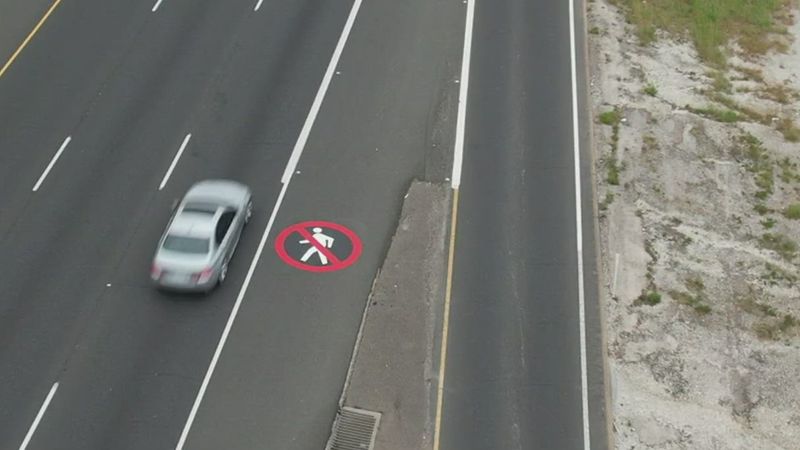
Pulling halfway off the road doesn’t count as safe parking. Your entire vehicle and every person with you need to be completely off the pavement and clear of the shoulder when taking photos.
On many Texas highways, parking on the shoulder is actually prohibited except during genuine emergencies. You’re not just risking your safety; you’re breaking the law.
Find a proper pull-off area, rest stop, or wide gravel turnout instead. Leaving part of your car sticking into the road creates a collision hazard for other drivers at high speed.
6. Find a Legal Pull-Off or Overlook
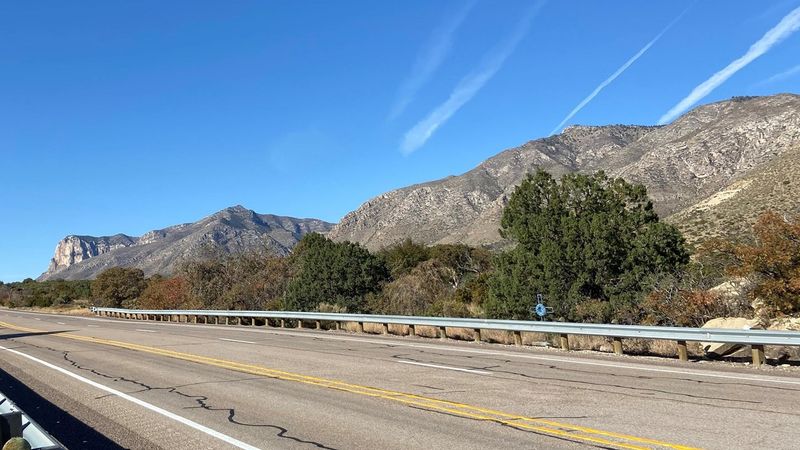
Look for designated scenic overlooks, state park entrances, or areas with obvious, wide gravel or dirt turn-offs. These spots are specifically designed for travelers to stop safely and enjoy the view.
You can frame your shot from the side of the road without ever stepping onto the pavement. Many of Texas’s most iconic views have official pull-off areas nearby if you take time to find them.
Use mapping apps or ask locals where safe photo spots exist. Legal stopping points give you the perfect shot without the life-threatening risk or potential ticket.
7. Use a Zoom Lens and the Composition Trick
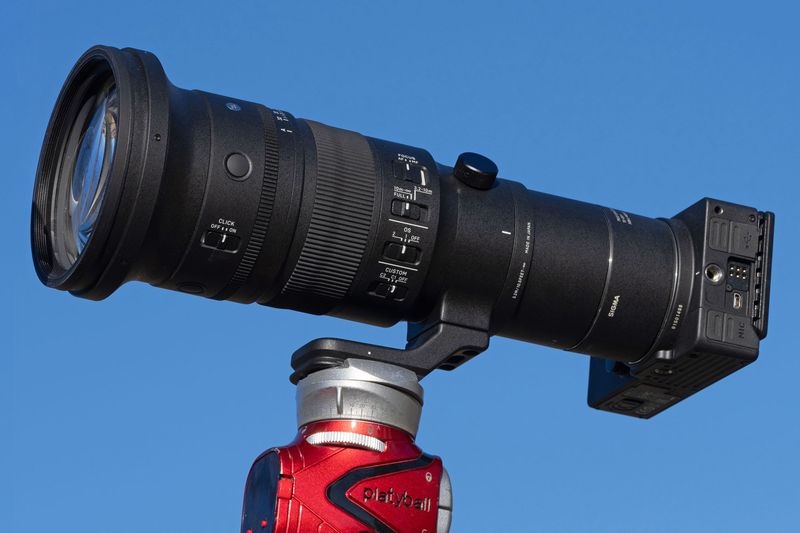
Want that classic compressed “endless road” effect? Park safely, walk well off the pavement, and use the zoom or telephoto lens on your camera or smartphone.
A long focal length is the photographic secret behind that dramatic look; not standing directly in the middle of the road. Professional travel photographers use this technique all the time to stay safe while capturing stunning images.
Experiment with different angles and distances from the roadside. You’ll get the same incredible shot without putting yourself in harm’s way or breaking any laws.
8. Wait for the Ghost Town Bypass
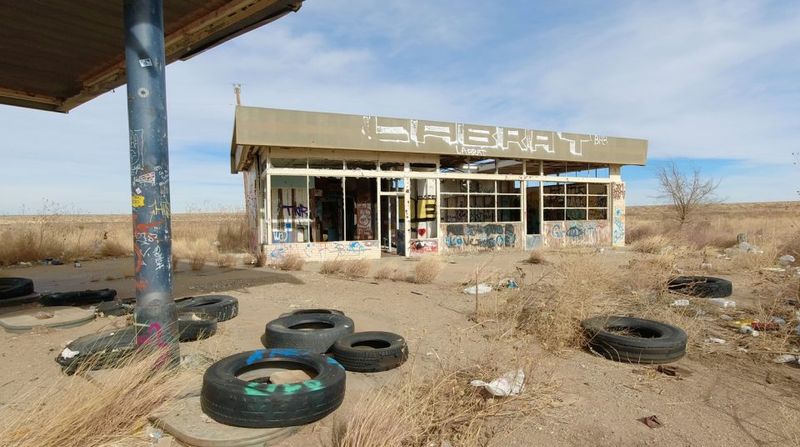
If you absolutely must have a photo in the middle of a road with that classic West Texas vibe, seek out old, abandoned town bypasses or dead-end county roads clearly unused for years.
These forgotten stretches give you the aesthetic you want without the mortal danger of active traffic. Locals know where these spots are; just ask politely or do some research online before your trip.
Crumbling pavement and faded lines make for atmospheric shots while keeping you safe. That’s how experienced photographers get the iconic image without risking their lives on busy highways.
9. Wildflower Season Doesn’t Mean Roadside Free-for-All

Every spring, Texas explodes with color as bluebonnets and Indian paintbrushes blanket the roadsides. Families drive for miles to find the perfect patch for their annual photo tradition. But here’s what locals want you to know: those gorgeous flower fields sit right next to roads where drivers cruise at highway speeds.
Pulling your car halfway onto the shoulder and stepping into the lane creates a blind spot for approaching vehicles. Farm-to-market roads have narrow shoulders and limited visibility around curves. Many accidents happen because tourists assume drivers will see them and slow down in time.
Instead, scout locations ahead of time using maps to find spots with wide pull-offs or parking areas. State parks and designated wildflower viewing areas offer safer alternatives where you can take all the photos you want without risking your life or causing a pileup behind your vehicle.
10. Sunset Chasers Need to Check Their Mirrors First
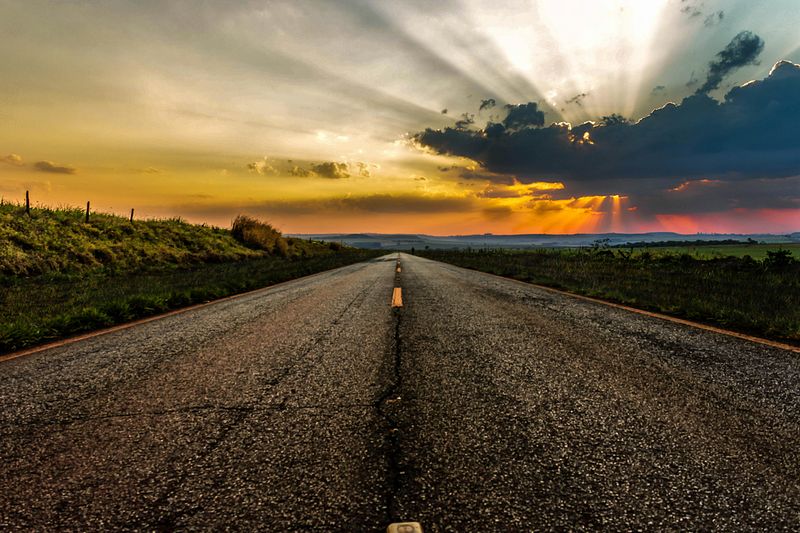
West Texas sunsets paint the sky in shades of orange, pink, and purple that look absolutely magical through a camera lens. When that golden hour hits, the temptation to stop anywhere and everywhere becomes overwhelming. Tourists slam on their brakes mid-highway or jump out of their vehicles without warning, completely mesmerized by the view.
Ranch roads and desert highways might look empty, but motorcycles and trucks appear out of nowhere traveling at high speeds. Locals have witnessed rear-end collisions because someone stopped suddenly to photograph the sky. Your sunset photo isn’t worth causing an accident or getting hit yourself.
Plan your sunset shots by arriving early at scenic overlooks, rest stops, or designated viewpoints. These spots exist specifically for travelers who want to enjoy the view safely. Keep your hazard lights on if you must pull over, and always check behind you before opening your door.
Dear Reader: This page may contain affiliate links which may earn a commission if you click through and make a purchase. Our independent journalism is not influenced by any advertiser or commercial initiative unless it is clearly marked as sponsored content. As travel products change, please be sure to reconfirm all details and stay up to date with current events to ensure a safe and successful trip.